What is the easiest way to find the block explorer of any Blockchain?|200% Power Up|
Hello everyone!
First of all i want to thank to the steemit team who has offered a wonderful opportunity to learn about the crypto by running a project of the Steemit Crypto Academy. As i am newcomer in the crypto world so i have to need understand about it more. So it is really very beneficial project for me to understand about the cryptocurrency. As i have already attend the lecture provided by the other professors and i learned really a lot of things from them. After learning and understanding their lecture i also did my homework.
And now i have attended the lecture in the Steemit Crypto Academy by the @sapwood and now i am going to write the home work which he assigned. It is looking somewhat difficult assignment for me to do but i will do it more strongly because i like challenges to achieve.
Definition Of Blockchain Explorer?
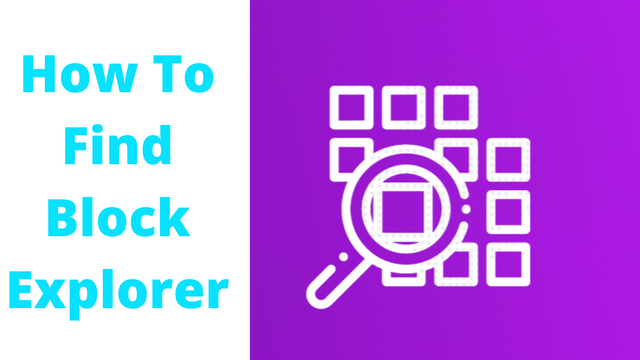
A blockchain explorer resembles a web index that uncovers data about the past and present status of a blockchain. This can be helpful when you need to follow the advancement of a particular installment or check the equilibrium and history of a location. Anybody with an Internet association can utilize a voyager to see all exchanges of a public blockchain.
How To Find Block Explorer Of Any Blockchain?
To distinguish a block, you have a cryptographic hash, a computerized signature maybe. This is made by hashing the block header twice with the SHA256 calculation. For instance, this is a block.
Now i am going to discuss about the Bitcoin Blockchain Explorer
How Does a Block Explorer Work?
Each blockchain will have a Command Line Interface (CLI) to cooperate with the information base and view the organization's set of experiences. Notwithstanding, a CLI voyager is certifiably not an easy to understand insight for the overall population. That is the reason most blockchains will likewise have a voyager with a Graphical User Interface (GUI) that will show data in a more amicable arrangement.
We should investigate one of the generally utilized Bitcoin pilgrims: https://www.blockchain.com/
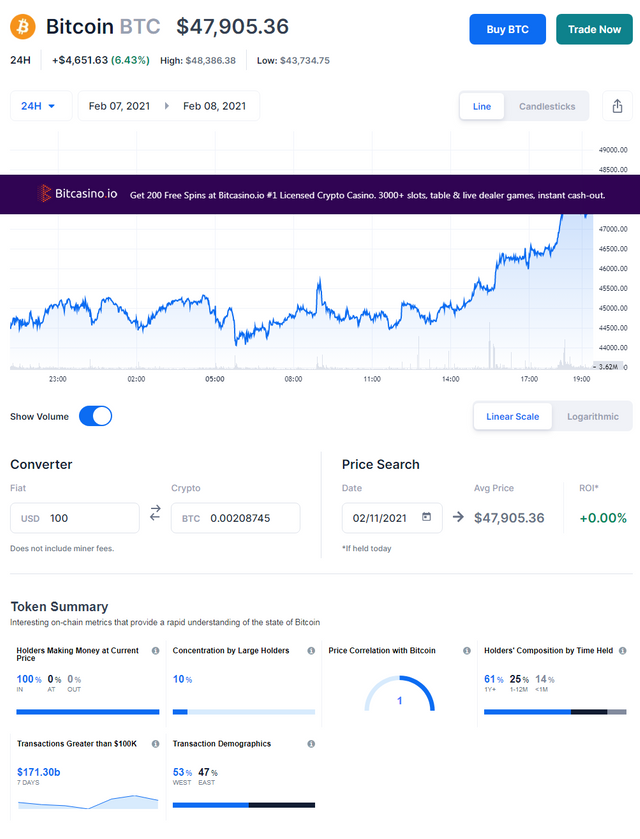
On the first page, you can see some significant level information about the Bitcoin blockchain. This incorporates the price, assessed hash rate, day by day number of exchanges, and exchange volume. We additionally see charts planning cost and mempool size. At the base, we can screen the latest blocks and transactions.
Let's experience what we can see here in a touch more detail:
Price: A collected USD value feed across a few business sectors. Much of the time, the cost relies upon the feed's supplier and isn't characteristic of the spot cost on a particular trade.
Estimated Hash Rate: A gauge of the registering power as of now utilized by excavators to get the blockchain. It very well may be viewed as an intermediary for the security of a Proof of Work (PoW) blockchain.
Transactions: The quantity of remarkable exchanges affirmed in the course of recent hours. To be affirmed, an exchange should be remembered for an approved square (a square that was effectively mined).
Transaction Volume: A proportion of the all out estimation of yields (in BTC) affirmed on the blockchain in the course of recent hours. Because of the way that Bitcoin works, this absolute additionally incorporates unspent yields returned back to the "spending" wallet as change.
Exchange Volume (assessed): A gauge (in BTC) of the real exchange volume moved between extraordinary wallets. It's the Transaction Volume (above) short a gauge of the yields returned as change to spending wallets.
Mempool Size: The mempool size tracks the total size (in bytes) of exchanges that are standing by to be remembered for a square. It's an intermediary for the measure of action on the blockchain and can fill in as a pointer of the expenses needed for quick affirmation.
Latest Blocks: A rundown of affirmed blocks, from most current to most seasoned. It incorporates subtleties, for example, block tallness, timestamp, digger name (whenever known), and block size. You can tap on "block tallness" to reveal data about exchanges remembered for the square. Tapping on "digger" will uncover data about the location of the square's excavator. The public location of the excavator might be a realized mining pool address. On the off chance that you don't have the foggiest idea what a mining pool is, check this article.
Latest Transactions: A rundown of substantial exchanges which have been submitted to the mempool. Once more, exchanges are unsubstantiated until they have been remembered for an approved square.
Number Of Confirmations: We can easily check the number of confirmations . We can use any website which provides block explorer service like https://live.blockcypher.com/ or https://www.blockchain.com/ . The next procedure is very easy that you just have to paste the Transaction ID in the search box and click . After this you can see your all the confirmations on that specific transaction ID. So In this way we can check the number of confirmations.
How do I find the transaction hash, sender address, receiver's address, network fees of a particular transaction?
All the things like transaction hash, sender address, receiver's address, network fees of a particular transaction can easily be find out with the help of the transaction address . Yes you just need to have the transaction address to find these things.
I show you all the things of a transaction of this address 32jKXFmq3a7nkzpN5GBnxeMmk358vAGrqz So i put this address into the search box and i found all the informatiomation as you can see in the below screenshot taken from the blockchain.com
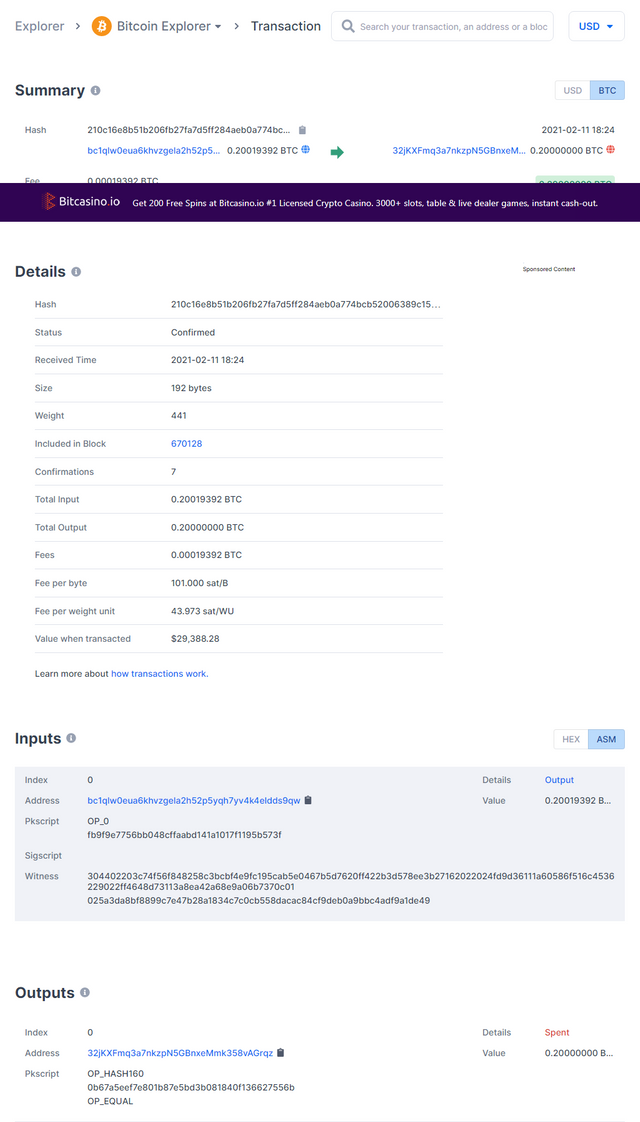
Here you can see everything as you can see that the transaction fee for this transactions is 0.00019392 BTC You can calculate the fee by the input and output.This is the address which i used and you can also see this that how can we check everything with just having the address.
https://www.blockchain.com/btc/address/32jKXFmq3a7nkzpN5GBnxeMmk358vAGrqz
How do I check whether a wallet address is valid for a network or not?
As i am giving overview of this address : 32jKXFmq3a7nkzpN5GBnxeMmk358vAGrqz
So when i searched this address in the block explorer it gave two results that this address lies in the two blockchains
- BTC
- BCH
But this address was only of the BTC so when i opened the BCH blockchain it shows me nothing that the address is unknown and nothing any single information about this address in the bitcoin cash. So you can say that this address is valid for the Bitcoin not for any other blockchain.
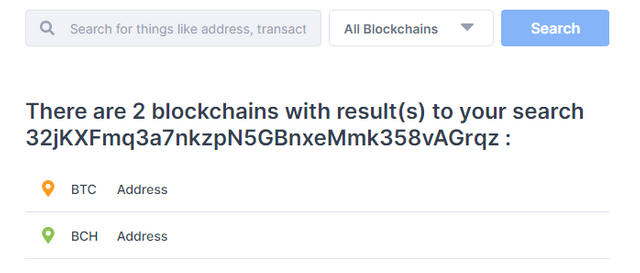
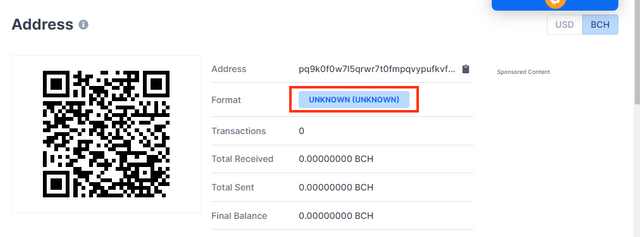
So these are my views and knowledge about the blockchain explorer and i have tried my best to do this home work task. I know that there should be need of improvements but ii have to learnt more about this from @sapwood in his next lectures.
Cc:-
@steemitblog
@steemcurator01
@steemcurator02
This Post Is Set To 200% Power Up
Excellent depiction of concepts. It was Good to read your post :)
Thanks a lot dear for having a look at my blog and appreciating my work. You can also do it as your homework task as it is quite simple and it is a good way to learn more about the crypto .
Congratulations, your post has been upvoted by @dsc-r2cornell, which is the curating account for @R2cornell's Discord Community.